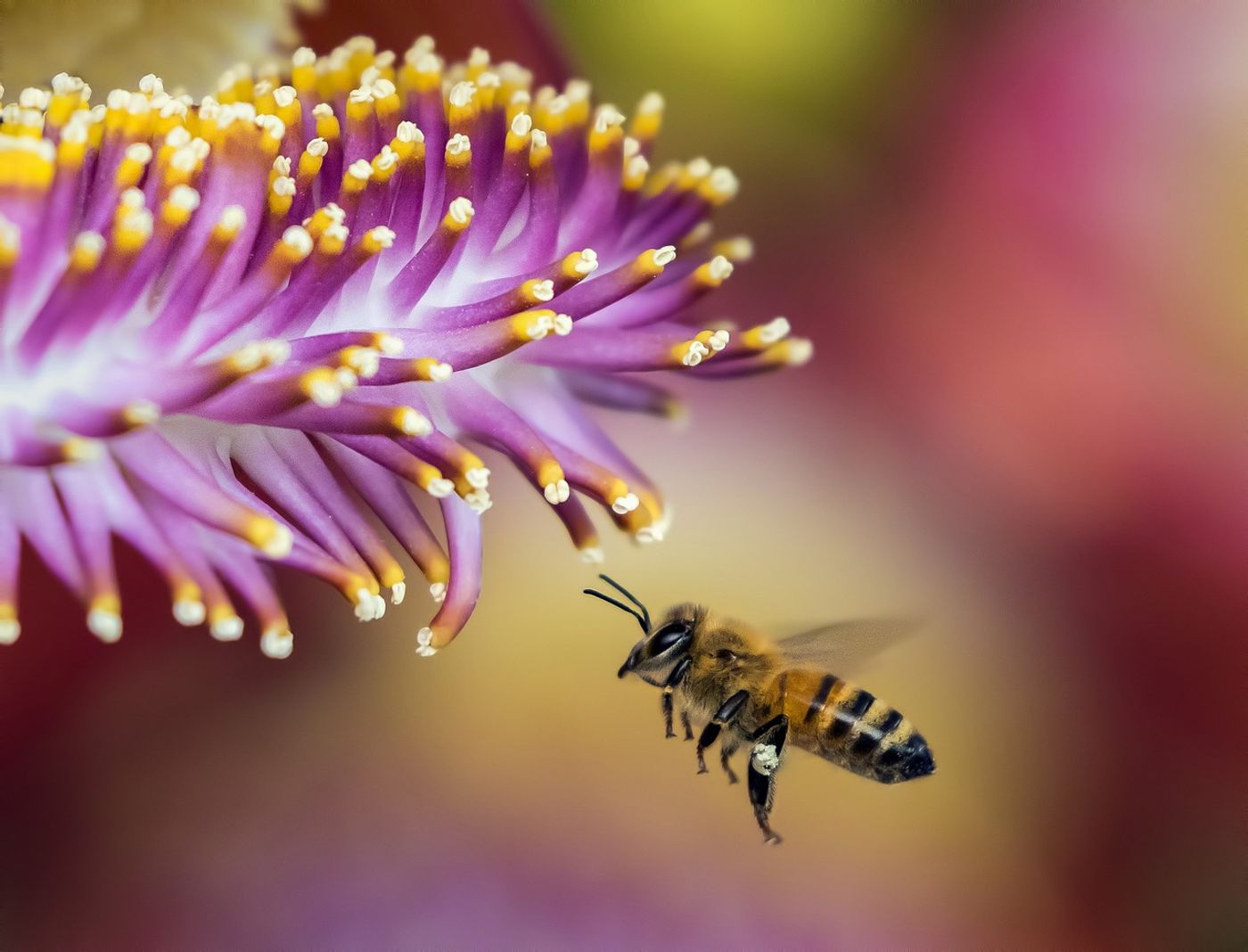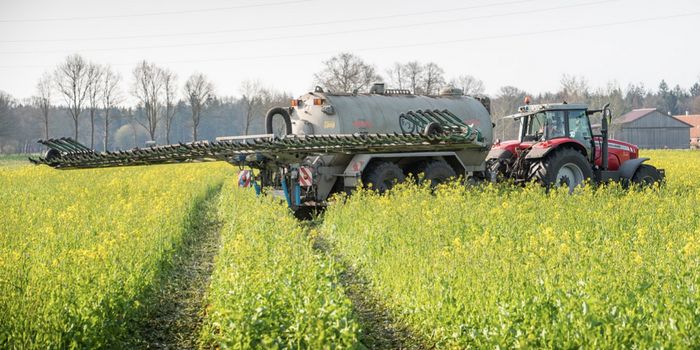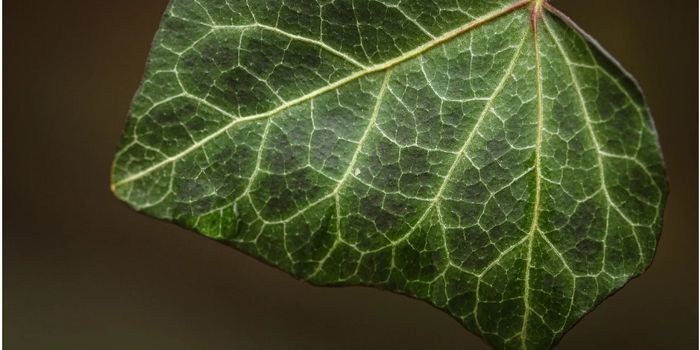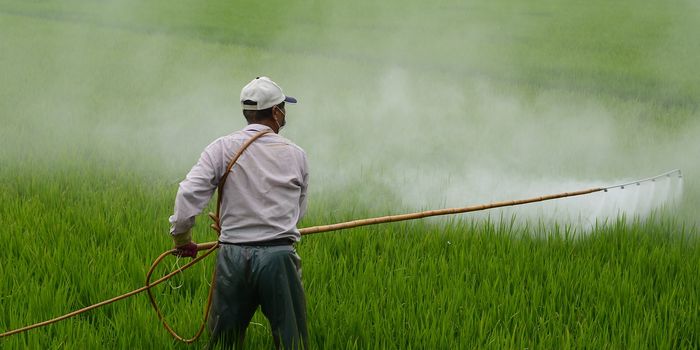The Negative Impacts of Urban Honeybee-Keeping on Wild Bees
How does urban honeybee-keeping impact wild bee populations? This is what a recent study published in Peerj hopes to address as a team of researchers examined the adverse effects of urban honeybee-keeping on wild bee populations. For the study, the researchers analyzed data from 2013 and 2020 that was gathered from locales on the island of Montreal, and what they discovered was rather astounding.
“We found that the sites with the largest increase in honeybee populations across sites and years also had the fewest wild bee species,” said Dr. Gail MacInnis, who is a research scientist at the GPRC-CRI National Bee Research Center but conducted the study as a postdoctoral researcher at Concordia University, and lead author of the study.
For the study, the researchers first collected almost 5,200 bee samples from 15 sites across the island of Montreal in 2013, with almost all the collected samples comprising wild bees from 163 species. When samples from the same sites were collected again in 2020, the researchers discovered only 4,000 samples were from 120 species of wild bees. The study’s findings not only indicate a sharp decline in wild bee species richness, but also an increase in honeybee abundance.
“Beekeeping provides an agricultural product that is valuable to people in the form of honey,” said Dr. Carly Ziter, who is an assistant professor in the Department of Biology at the University of Concordia. “My concern is that urban beekeeping is often falsely marketed as a solution to biodiversity loss. Just as we wouldn’t advocate keeping backyard chickens to save the birds, we shouldn’t look to beekeeping to save the bees. It’s important that our actions match our goals or motivations. If our goal is to increase urban biodiversity, we’re much better off planting pollinator gardens than adding more urban hives.”
A 2022 study from Utah State University examined the drastic decline in honeybees and the factors that have contributed to their decline in the last decade, along with steps that can be taken to mitigate the decline, as well. For example, it was found that western bumble bee populations have been reduced by 93 percent over the last 20 years. This is in stark contrast to it once being “the most common bumble bee species in western North America”, according to the study.
Among the multitude of factors that contributed to their massive decline, which included climate change and pesticides, one of those factors included “competition among introduced and native bee species”, according to the study. Despite the grim outlook, the study noted that steps to mitigate the bees' decline included nesting sites and shelter for the bees through landscape optimization and pesticide protection.
What new discoveries will scientists make about honeybees and wild bees in the coming years and decades? Only time will tell, and this is why we science!
Sources: Peerj, Concordia University, Utah State University
As always, keep doing science & keep looking up!









